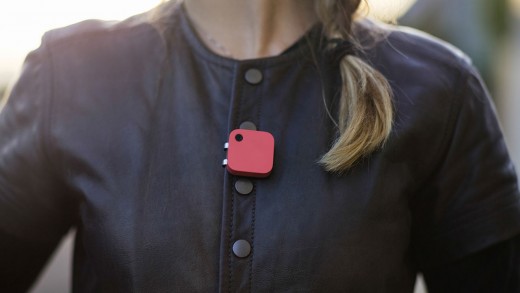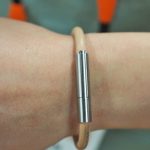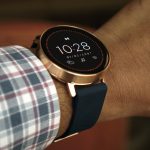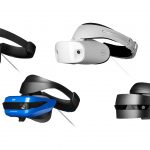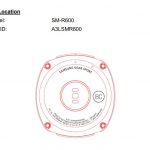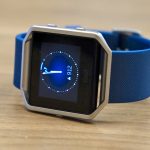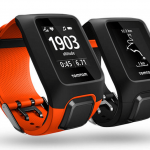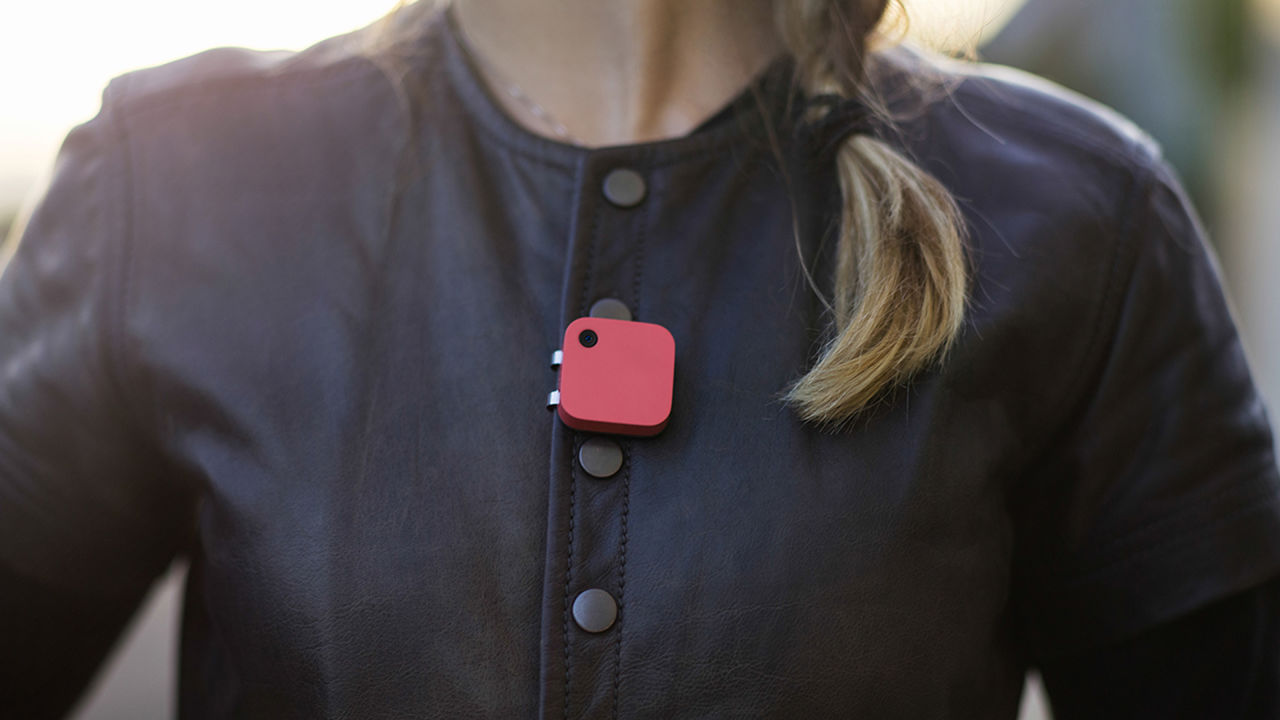Are Your Wearables Invading someone’s privacy?
Some wearables engage not simply with their users, but everyone around them. listed below are three design rules for socially responsible gadgets.
June 25, 2015
Google’s very public experiment with Glass in 2013-2014 provided a very powerful lesson for the designers of wearable devices. Glass failed not as a result of the product itself but because the design generated socially awkward scenarios at every flip.
the idea of designing for context isn’t new, however thus far it has been applied to cellular internet and functions, the place “context” supposed profiting from GPS and sensors on the phone to supply knowledge relevant to the user’s speedy surroundings. however for wearables, context manner something else altogether: you need to design for the people within the surrounding surroundings as a lot as you design for the wearer of the instrument.
A wearable known as the Narrative Clip (formerly Memoto) epitomizes this issue. A digital camera that takes a nonetheless image each 30 seconds, the Narrative is meant to seize the elements of your lifestyles that you just would not deem important enough to tug out a camera and file, however which can be in reality the moments that make up the majority of your existence. the theory is that with good thing about hindsight, you may also imagine the pictures of value in the future. I not too long ago spoke with Martin okayällström, the CEO of Narrative, who gave me a master classification in contextual design for wearables. Martin emphasized two issues primarily else in the design of wearables: honesty and subtlety. these large design principles was three principles that guided the latest design of the Narrative Clip and could observe to many types of wearables.
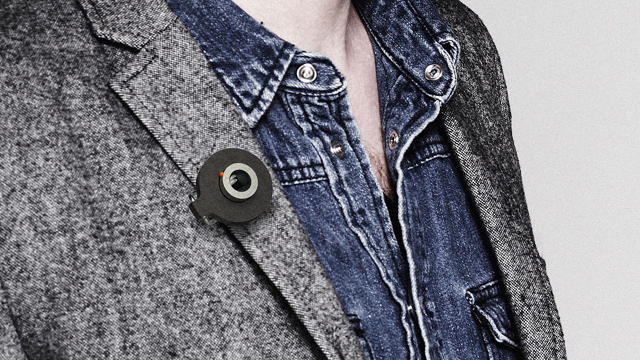
1. it is not a secret, but it surely will not be distracting.
the first prototypes for the Narrative have been circular objects with the camera in the heart. It used to be essentially designed in a way that made it tough to hide—the last thing the designers needed to make was once a digicam used to spy on others. after they tested the prototype, the digital camera used to be seen and obtrusive to these around the wearer—a excellent factor—however so evident that it ended up being distracting—a bad factor. for the reason that form closely resembled a human eye, individuals simply ended up staring at it. This led the designers to change the overall shape to a rounded sq. and in the end make the choice to position the digital camera lens within the sq.’s high left nook.

2. You must comprehend precisely what it’s while you see it.
again in late 2012 when Narrative used to be designing the primary Clip, the most popular digicam on this planet was the one on the back of the iPhone four. To make it evident that the tool was if truth be told a digicam, the design of and across the lens immediately referenced the iPhone 4 through placing a silver ring across the camera lens, as a result of that’s what cameras looked like on the time.
For the upcoming Narrative Clip 2, the camera design is updated to reference the digital camera design on the iPhone 6—a bigger lens which is flush with the physique of the digicam and without of the vivid inset area surrounding the lens within the authentic Clip.
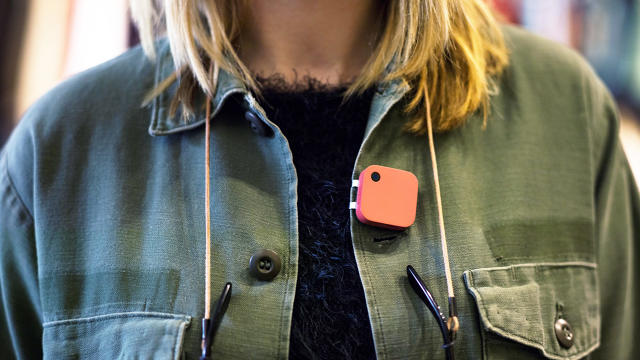
three. you know when it’s on.
one of the best design resolution for the Narrative Clip is that it doesn’t have an off button. this will likely sound atypical, but it’s imperative to the idea of transparency and the honour of the context. to turn the camera off, you set it in your pocket—there isn’t any “do not be concerned, it’s off.” This design choice forces trustworthy behavior between the wearer and the surrounding environment.
after all there are a lot of completely different sorts of wearable devices, and no single set of rules applies to them all. A passive good watch would possibly now not want to keep in mind surrounding company as a lot as a digicam. but with the new array of sensors, visual and in any other case, we must be as intentional as possible in designing units, serious about the notion and consciousness of folks that could come across them within the wild.
The % at which wearable technology advances is impacted by means of the ever-adjusting social norms of the users. When camera phones first came out, they made the sound of a shutter snapping to alert folks of their picture being taken. (When Glass used to be introduced, I did a undertaking where I strapped a GoPro to my head all day and vowed to put up the unedited content online to see how individuals would react to having a camera recording them in public. people have been legitimately uncomfortable—as was once I). We share a lot of our lives on the net, but we curate what we share. A loss of personal company in that curation process items an issue. Wearables that goal to capture more than the vital stats of their user must be designed with all customers in thoughts.
[All Photos (unless otherwise noted): via Narrative]
(134)

